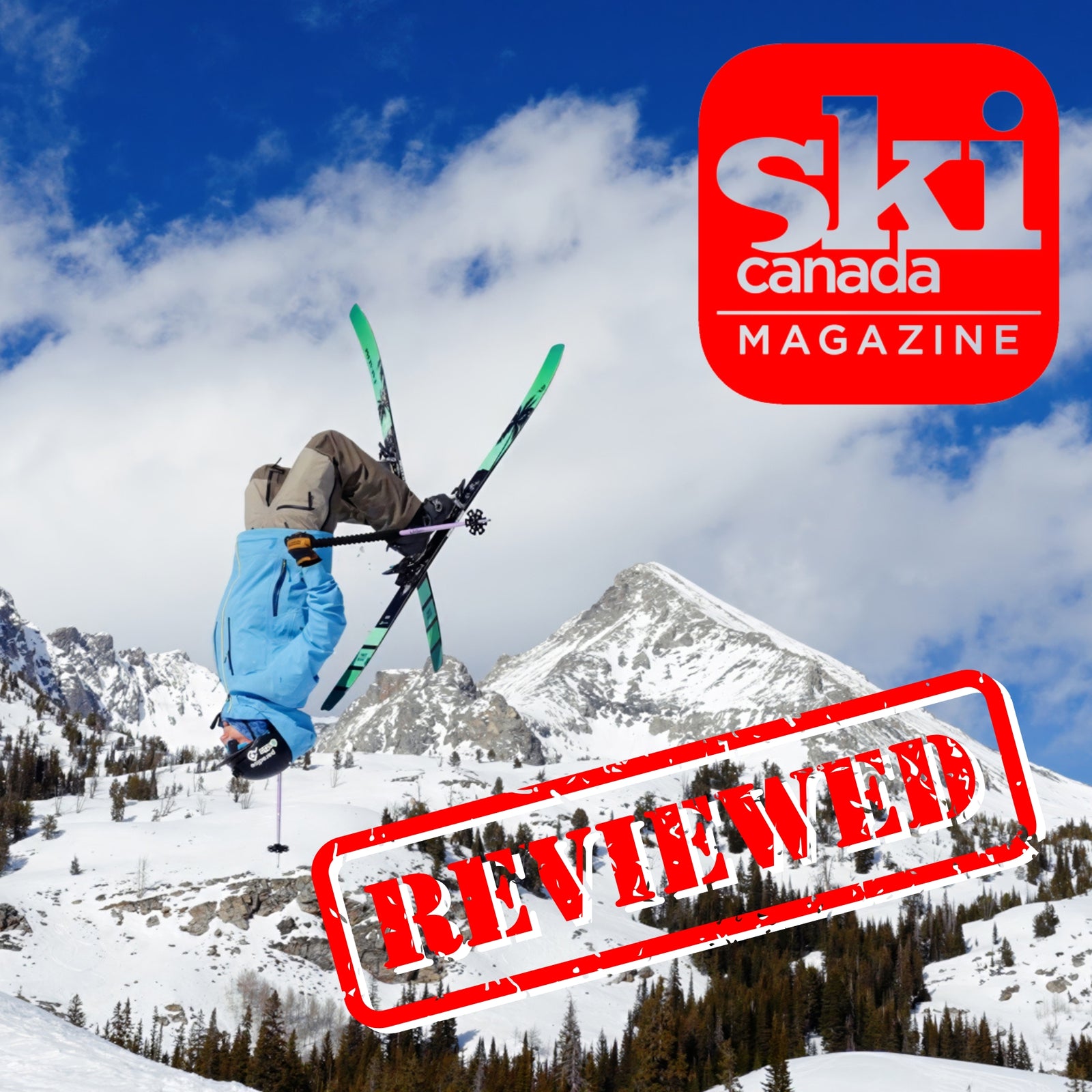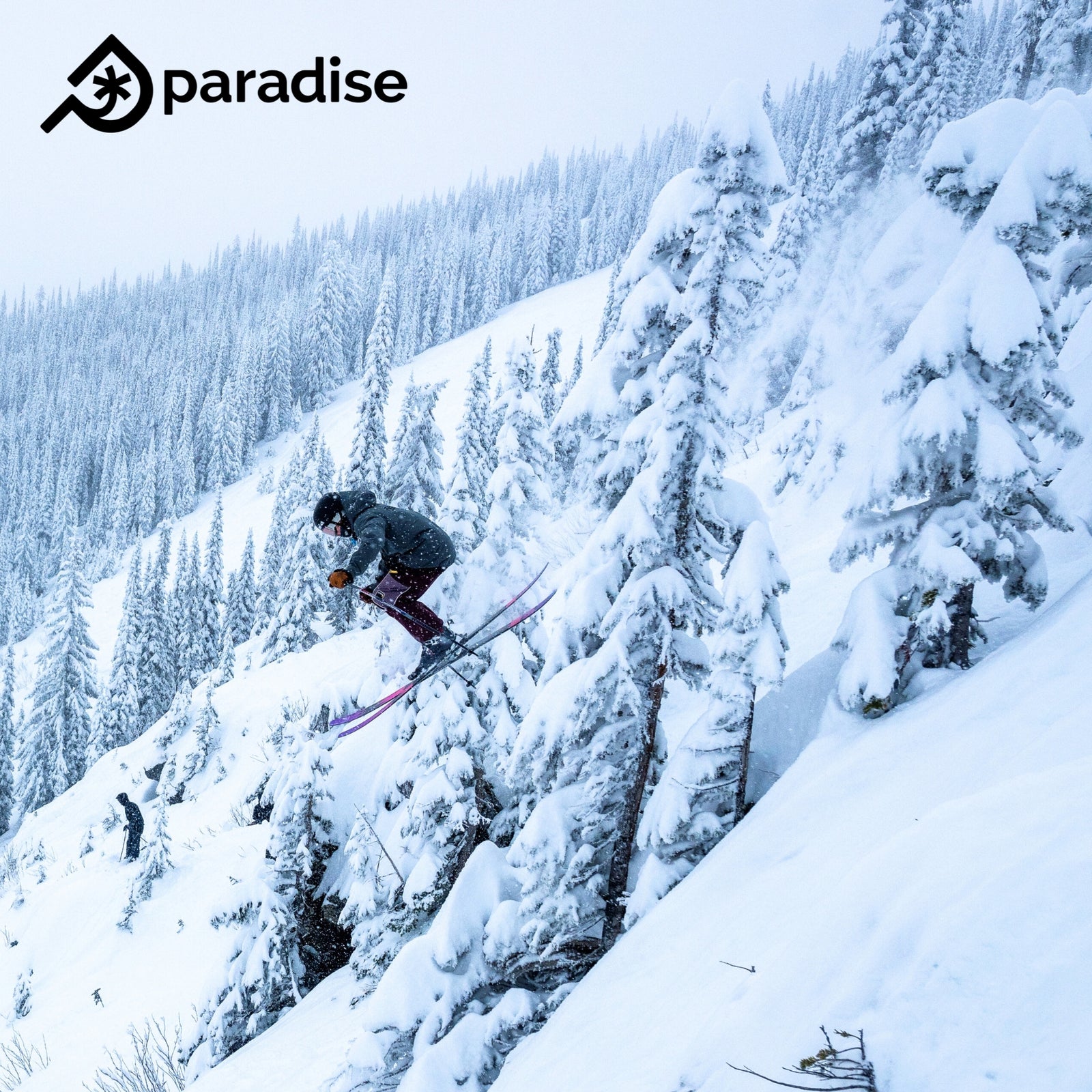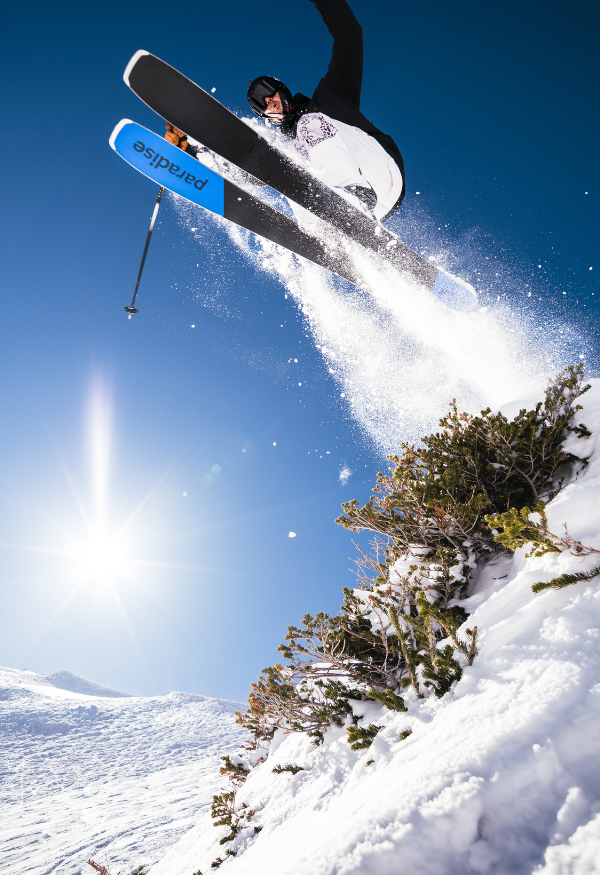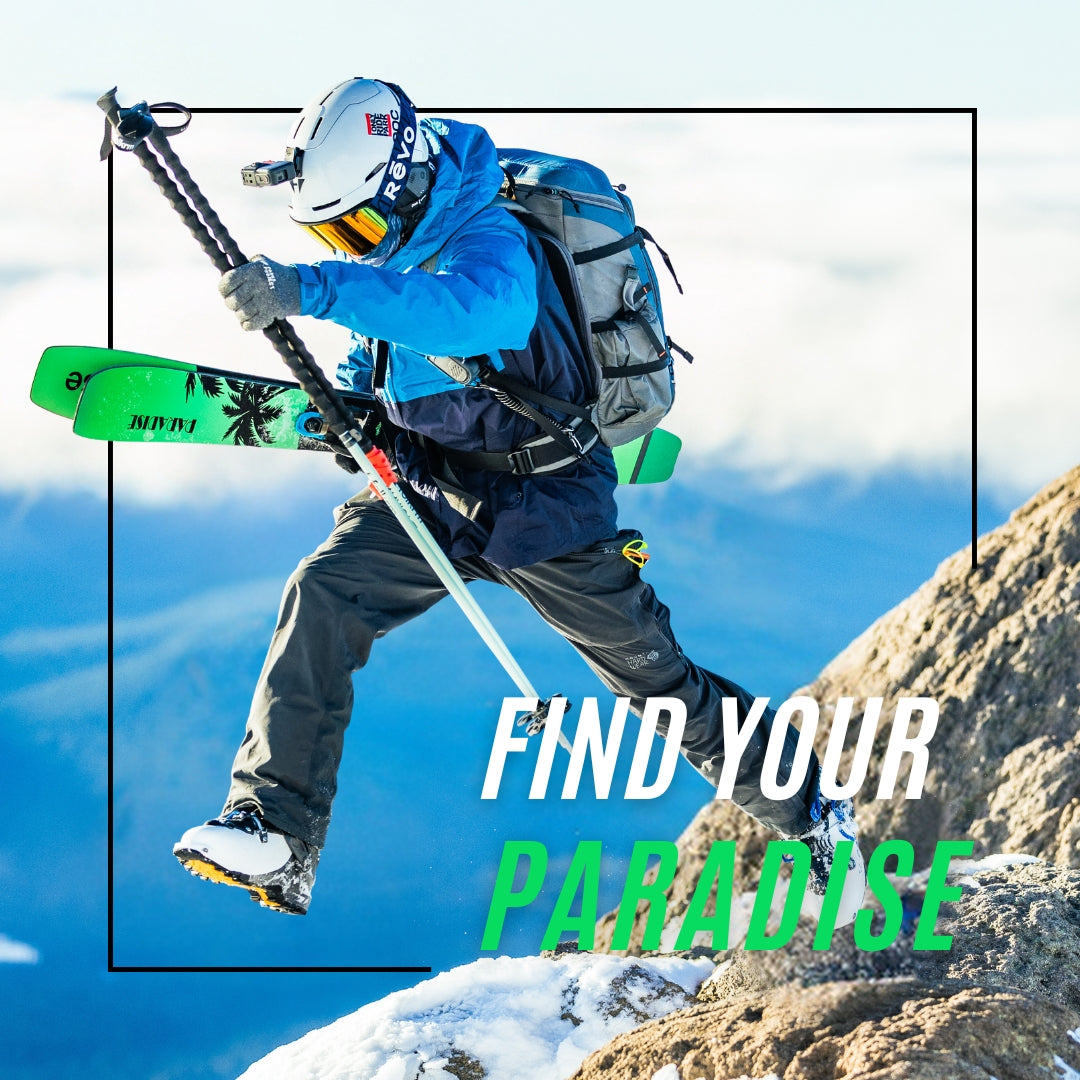Your Cart is Empty
#anotherdayinparadise
#anotherdayinparadise
SKIS & BOARDS
ABOUT US
Accessories
Bindings
Training To Help Prevent Knee Injuries While Skiing
November 23, 2023 5 min read

Skiing Exercises
Written by Greg Louie, Doctor of Physical Therapy (aka @the_ski_pt on Instagram)
I remember a time halfway through last ski season when my inbox was flooded with messages saying, “I just tore my ACL on the ski hill, what would you recommend I do?” Unfortunately for these folks, I had to deliver the terrible news that a torn ACL meant it was the end of their ski season. Season-ending injuries suck because the money you spent on your season’s pass and new ski gear essentially went to a complete waste. Additionally, not being able to ski means that you’re stuck at home while all your buddies are at the mountain doing the thing you love most. Trust me, I know because in 2018 I had a season-ending injury after misjudging the landing off a small cliff drop.
The thing is, most of the people I talk to could have prevented their injury had they made better decisions. One of the most important decisions being that they could have possibly prevented their injury had they done some pre-season training. You see, one of the biggest factors I see in people who get injured on the ski hill is fatigue. Oftentimes when skies are fatigued, they continue to ski even though this means the muscles and tendons are less able to stabilize the joints, ligaments, and bones. When the legs are fresh, skiers can make micro-adjustments to prevent a fall, but when the legs are fatigued the chances of catching an edge and falling significantly increase. Did you know that ACL tears are the #1 injury among skiers and interestingly enough, research shows that with proper training, you can reduce your risk of injury by 72%. So with that, what does it look like to train for skiing?
The majority of training programs I see people doing inadequately prepare them for skiing. Traditionally most training programs I see only have folks doing exercises in the sagittal plane (forward and back). Think about the last time you did a workout, what exercises did you do and did your training include movements from side to side or incorporate any rotation? If you think about the sport of skiing, we ski in all 3 planes of movement. Gravity pulls us down the fall line in the sagittal plane (front and back), when we put the skis on edge we go from side to side in the frontal plane and in order to have separation of the upper trunk and lower trunk, the legs move in a rotary motion compared to the upper trunk (transverse plane). In theory, if you are only training in the sagittal plane but leaving out the frontal and transverse plane, you can see how there is an increased margin for error. As a result, one of the biggest recommendations I have for skiing includes training in all 3 planes. Here’s a link to a basic ski workout you can do from home that incorporates exercises in all 3 planes of movement.
Additionally, the sport of downhill skiing is much different compared to other sports. In field sports, we typically use the legs for forward and sideways propulsion, but in skiing, our legs are controlling our descent down the hill (eccentrically loaded). This type of loading places a greater stress on the muscles and tendons and this is why you may experience increased soreness of the muscles after skiing compared to playing a game of soccer. See the images below for an example of concentric loading (as you would bias during field sports) compared to eccentric loading in all 3 planes (as you would bias when skiing). As a result, your ski training should include eccentric loading in all 3 planes of movement.
Concentric loading:
Muscles go from the lengthened position to the shortened position. Movement is opposite of gravity.

Eccentric Loading:
Muscles go from shortened position to the lengthened position. Movement is towards gravity. Muscles act to slow the acceleration of the body into the ground.

Sagittal Plane Eccentric

Frontal Plane Eccentric
Transverse Plane Eccentric
Another consideration for ski training is the intensity and duration in which we ski. If you think about how many turns you make in a ski day and you consider the training you are doing I would have you ask, are you training at the intensity for the level in which you ski? I’m not sure what is the length of the average ski run, but at Whistler B.C. from top to bottom there is 4,000+ ft. of vertical gain and even when skiing fast, it can take me between 20-30mins to reach the bottom. If your training only prepares you to ski for 10 minutes before you fatigue, how do you expect to ski for the entire 20-minute run without gassing out? This would be like the equivalent of attempting to run a marathon but only training in the distance to run a 5k. You would be foolish to try and run the marathon, and the chances of you failing to complete the marathon or sustaining an injury would be quite high. The same training principles apply to ski training. If you want to be able to ski for the duration of a day without feeling like your legs are holding you back, you need to train at the intensity you would experience on the ski hill.
Skiing in itself is quite technical and balance is an integral part of successfully making it down the hill. There are two types of balance:
- Anticipatory balance is where your body predicts how it needs to adjust to prevent a fall based on its perception of the environment. This largely relies on the visual system.
- Reactionary balance is when your body adjusts to the variables encountered in the environment to prevent a fall.
Ski training should include exercises to challenge both anticipatory and reactionary balance because ultimately better balance means there is less likelihood of falling and getting injured. Additionally, while we ski with both feet, both skis should be able to move independently of one another. In fact, one of your goals on the ski hill should be to try and make it down the slope relying only on one ski utilizing that ski’s inside and outside edge (see this for example). Thus balance training should also address challenges in both double and single-limb balance
So do yourself a favour before you hit the slopes this year and invest in taking care of your body. Not only will it help you have a more enjoyable experience when you get back to snow but additionally, you’ll be able to reduce your risk of that dreaded season-ending ACL tear. If you liked what you read and feel that you want more, I’d strongly recommend booking a strategy call with me. In that call, I’ll give you what I think are the next best steps for you to be set on a path for a lifetime of skiing.
Gregory Louie Bio:
Greg is a physical therapist based out of Seattle, Washington. He specializes in building ski-specific strength & conditioning programs and helping injured skiers with their rehab. His unique niche has given opportunities for him to work with the U.S. Ski Team as a volunteer medical provider. It’s his goal to keep you injury-free and on the slopes, and when accidents happen he’s a great guy to reach out to to make sure you’re doing the right things to get back to the mountains as safely and as quickly as possible.
Schedule a Consult Call with The Ski PT:https://www.meettheskipt.com/
Save his number: 206-222-8325
Follow on Instagram: @the_ski_pt
Like on Facebook: The Ski PT - Greg Louie
Leave a comment
Comments will be approved before showing up.
Also in Blog

SKI CANADA MAGAZINE - VICE TOUR REVIEW
November 28, 2024 2 min read
A review on our VICE TOUR freeride toruing ski by Ski Canada Magazine! Read the full review here.
Read More
Pre-Ski Workout: 4 Exercises to Get You Ready For Ski Season
August 20, 2024 5 min read
Four great exercises to help you get in shape for this ski season!
Read MoreSubscribe
Sign up to get the latest on sales, new releases and more …
Stay up to date with us!
Stay up to date with your favorite ski company! Free stickers, events, discounts, and news; no spam - we promise.

SUBSCRIBE TODAY
Paradise Newsletter Subscribers receive exclusive deals and hear news first!

